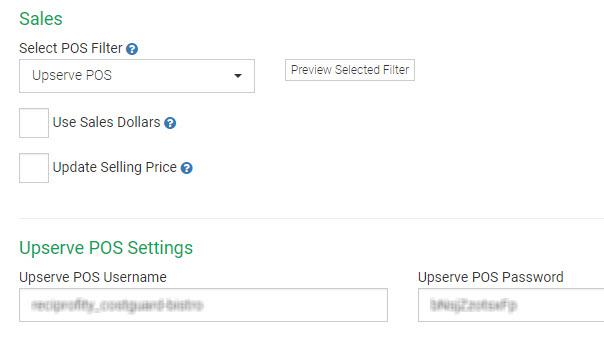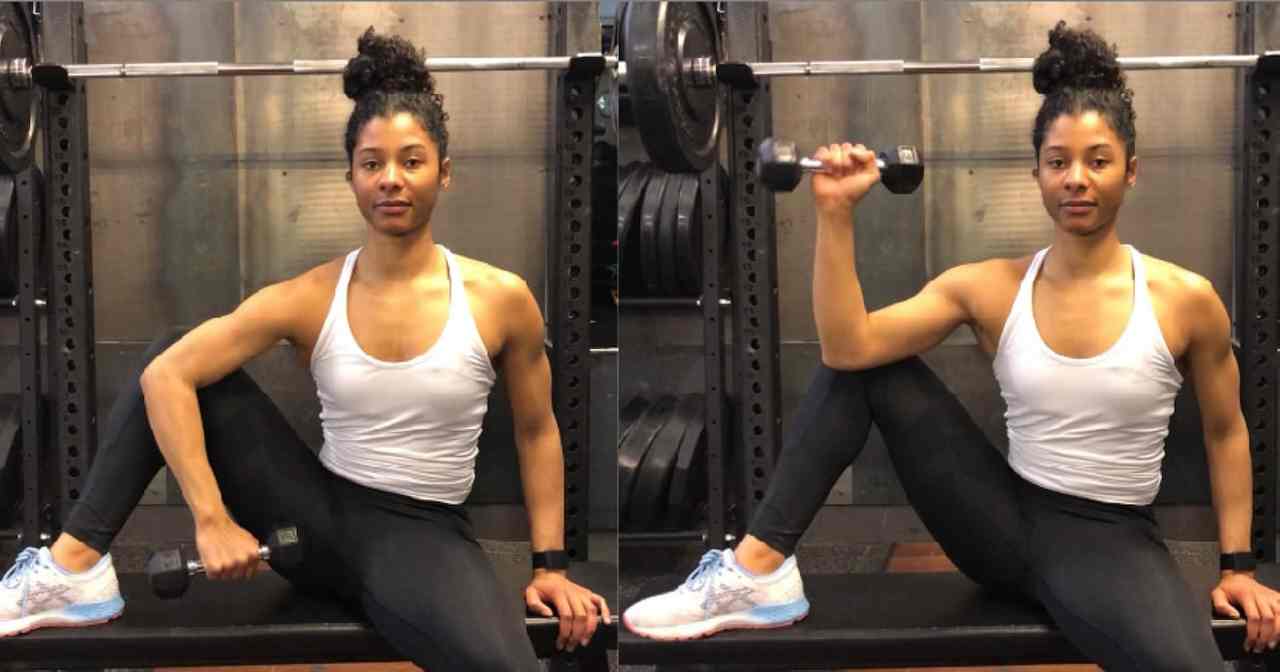
We’ve said it before and we’ll say it again: when it comes to treating that soreness you feel the next day (or a few days) after your workout, there’s no magic cure. But, there are things you can do to get through the delayed onset muscle soreness, or DOMS. It’s believed to be caused by microtears leading to gradual inflammation after eccentric movements like squats or deadlifts that elongate the muscles in a controlled fashion. (It’s important to note that some medical professionals say the cause of DOMS isn’t 100 percent clear.)
How Do I Treat Sore Back Muscles?
POPSUGAR spoke to Karen Litzy, DPT, and Tyler Denn-Thiele, DPT, CSCS, both physical therapists, who agreed that the most important way to help reduce the discomfort of DOMS is active recovery. This means, according to Tyler, partaking in light exercise that gets the heart rate up without placing too high of a strain on your muscles. He noted this rule of thumb: if you feel muscle soreness greater than a five out of 10 — 10 being you “can’t get out of bed or walk without severe discomfort” — and it doesn’t get better after a warmup, you shouldn’t do the workout until the soreness has subsided.
Tyler also gave us specific active stretches (meaning, stretches that involve consistent movement) you can do for back soreness. They include: kneeling spine circles seen here, seated spine extensions seen here, and shoulder circles.
Karen suggests walking for active recovery and said that a massage can also help. She referenced a meta-analysis of nearly 100 studies, which stated that a 20- to 30-minute massage performed immediately following or up to two hours after exercise can effectively reduce DOMS. Both physical therapists said that foam rolling, like a massage, could make you feel better temporarily because it increases blood flow to the muscles, but it won’t speed up the recovery process. Karen has patients lie on a foam roller lengthwise and gently roll side to side.
Note: one personal trainer told POPSUGAR in a previous interview that foam rolling your lower back can increase your chance of injury. Tyler does suggest that if you do want to foam roll in place of going for a massage, you can put a small ball (like a lacrosse ball) between your back and a wall and roll it out that way. “The key is not just to roll aimlessly but find a spot that is particularly sore and sit on that spot, maybe move around a bit, building a tolerance to the pressure,” he said.
You can also try compression garments — Karen named compression shirts or braces specifically for back soreness. When it comes to ice vs. heat, immersion in cold water has been noted to have some effect on DOMS, and heating pads could help discomfort in the short-term, Karen and Tyler agreed. (“If it makes you feel good, by all means, go for it,” Karen said.) Read more about using ice and heat on sore muscles here.
Other important parts of recovery these physical therapists said you need to remember include:
- Sleep: Get enough sleep (at least seven to eight hours per night).
- Hydration: Drink plenty of water to stay hydrated.
- Nutrition: Make sure you’re eating a balanced diet with enough carbs and protein to help your muscles recover. Some studies also point to the recovery benefits of tart cherry juice and chocolate milk.
When to Call Your Doctor
Karen said that if you experience profound muscle weakness or back pain that radiates down to your legs, you should contact your doctor (if you went to a physical therapist with those symptoms, they’d refer you straight to a doctor, she noted). Another red flag would be bowel or bladder dysfunction — cola-coloured urine may indicate rhabdomyolysis, a rapid breakdown of skeletal muscle tissue, and could lead to kidney failure if left untreated. Tyler said that high-level soreness lasting for over five days after you’ve given yourself time to rest is something to see your doctor about, too.
Recovery Is Crucial — Remember That
“It’s OK to give your body an extra day to recover and adjust your schedule as needed,” Tyler stressed. “If you continue to work out when your body needs a little more rest, this can increase your risk for injury. Listen to your body.” Karen similarly said that you need to be mindful of your recovery process. “The danger of going back to high-level play or high-level activities is, because of the soreness, you may have a decrease in range of motion of the surrounding joints,” she explained. You can also overcompensate with other muscles, which could lead to a more serious injury like a sprain. So, as Karen said, “You have to take it seriously.”
Related:
“No Pain, No Gain?” We Asked a Doctor If Sore Muscles Actually Equal Stronger Muscles











